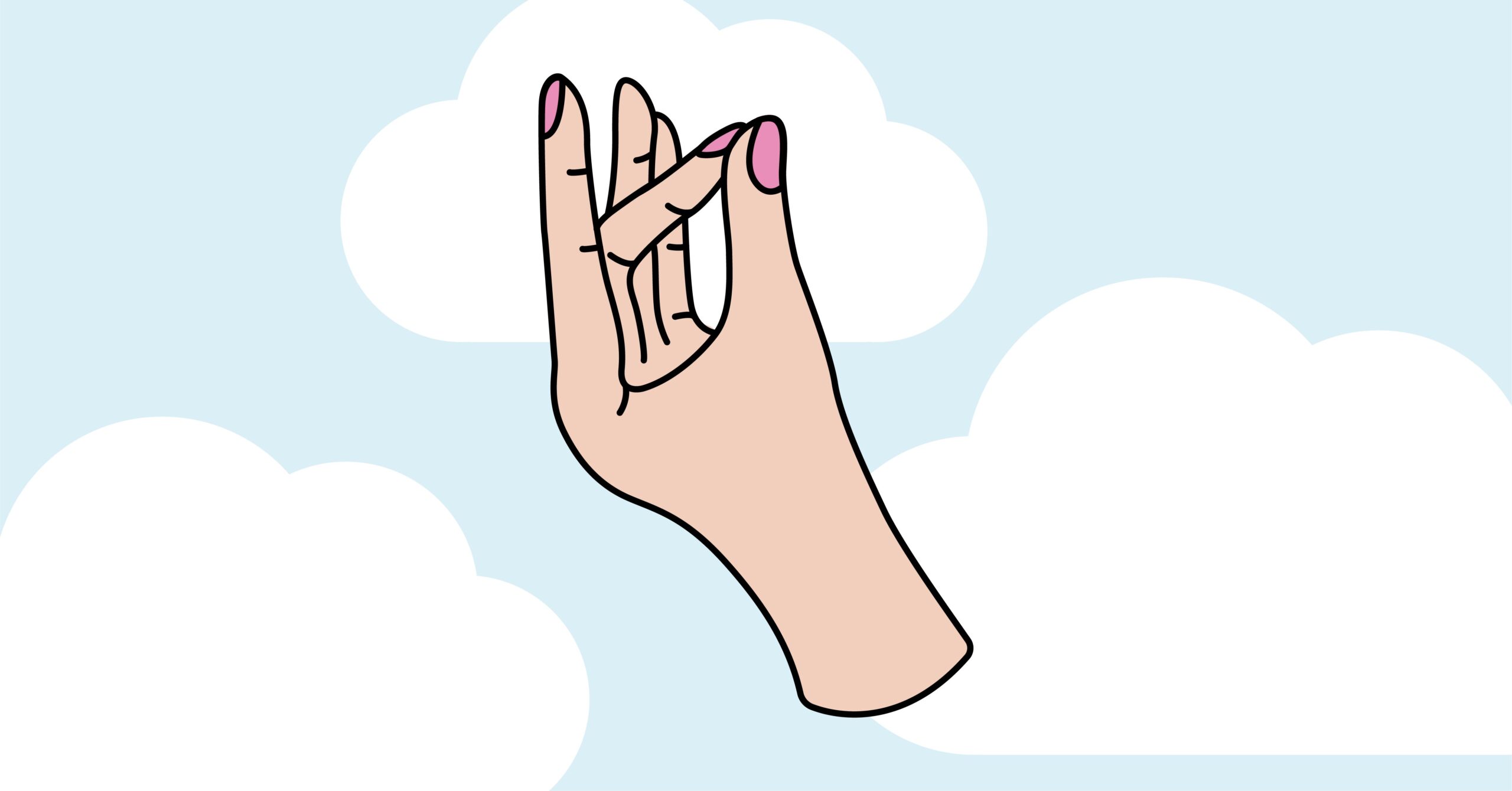Sexual identity 101
If you’ve been on OkCupid and other dating websites recently, you’ve probably noticed that there are a lot of different sexual orientations to choose from, including demisexual, pansexual, heteroflexible, and sapiosexual. But what do all these different sexual identities mean exactly?
Sexual identity goes beyond just straight and gay
Simply put, sexual orientation is the gender you’re attracted to, or if you’re interested in sex at all. There’s a wide variety of sexual identities and terms people may identify with that go beyond binaries. The rise of social media has led to more mainstream recognition of different sexual identities.
Here’s a list of general sexual identity terms that are used. Some people may find that multiple identities resonate with them, while others may choose not to identify with any sexual identity.
Lesbian
This term generally means a woman who is attracted to other women. However, people who don’t necessarily identify as female, i.e., non-binary, may still use this label.
Bisexual
Bisexuality is defined as being attracted to more than one gender. While the prefix “bi” means two, bisexuality encompasses attraction to more than just one gender.
Pansexual
Pansexuality and bisexuality can be interchangeable. Being pansexual means that your sexual attraction isn’t limited to people of a specific gender or sexual orientation. Some people may define pansexuality as not seeing gender or that someone’s gender doesn’t play a role in their sexual attraction.
Gay
This term typically means a man who is attracted to other men. But sometimes it is used interchangeably with lesbian.
Asexual
Asexuality broadly refers to someone who doesn’t experience sexual attraction or desire for sex.
Graysexual
This term falls under the umbrella of asexuality. It refers to someone who falls between being asexual and sexual. This could mean that someone who is graysexual may have sex on occasion, depending on the circumstances.
Demisexual
Another term that falls under asexuality, demisexuality refers to people who don’t experience sexual attraction unless they form a strong emotional connection with someone.
Heteroflexible
This term means anyone who identifies as being mostly heterosexual. Heteroflexible people might engage in some homosexual sex, but they usually have intercourse with the opposite sex.
Heterosexual
Often defined as being “straight,” heterosexuality refers to people who are sexually attracted to a gender other than their own.
Homosexual
This term refers to gay and lesbian people, but it’s considered to be outdated. It’s better to use gay or lesbian terminology.
Monosexual
This means that you’re attracted to one gender. Heterosexual, lesbian or gay can fall under this category.
Polysexual
Polysexuality is a sexual attraction to many different types of genders, but not all genders.
Queer
This is a catchall term that encompasses any identity outside of cisgender or heterosexual.
Sexual identity can be viewed as a rainbow
All the different sexual identities out there can be viewed as a rainbow — each one is unique and colorful, and many exist on a spectrum. Because of the rise of social media and online dating, greater awareness exists of sexual identities other than heterosexual and gay. The LGBTQ+ population, and the mainstream acceptance of this community, only continues to grow as well. And sexual identity, particularly finding one to identify with, can help build community and allow people to better understand their desires.
References
- “Mark Ronson Walked Back Claims He is ‘Sapiosexual.’ Here’s What That Means — And 11 Types of Sexualities,” Business Insider, September 28, 2019.
- “Sexuality and Gender Definitions,” Queerness, September 24, 2015.
















